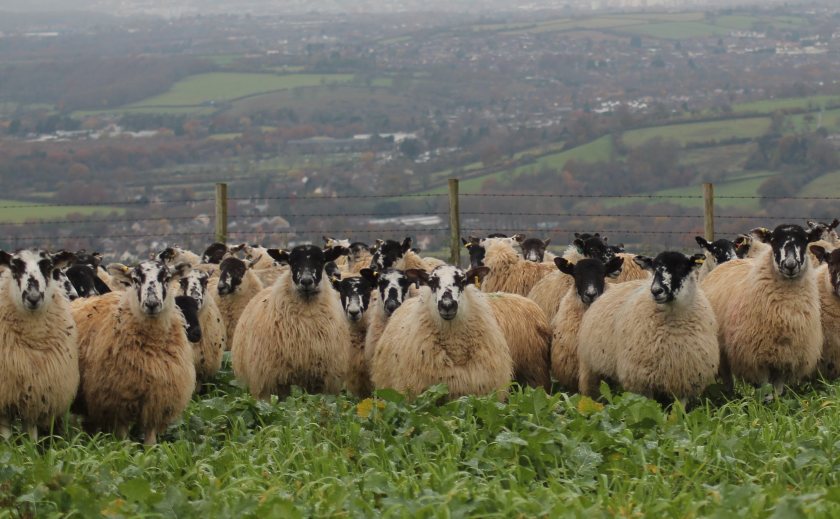
The level of liver fluke is forecast to be relatively low for much of the UK, but the risk to grazing livestock on individual farms is becoming less predictable.
That is the warning from experts in the Sustainable Control of Parasites in Sheep (SCOPS) and Control of Cattle Parasites Sustainably (COWS) groups.
They say diagnostic testing is critical to make sure farmers don’t treat too soon, or unnecessarily, or get caught out and miss a vital treatment.
A dry summer like 2022 means there are fewer areas where the intermediate host for the liver fluke, a mud snail, can survive, and without moisture the flukes themselves find it difficult to migrate to pasture.
However, not all of the country was so dry, and even within a farm, wet, boggy areas may have allowed the liver fluke to complete its lifecycle, creating highly infected areas where the livestock may congregate to drink.
Professor Diana Williams of the University of Liverpool says: “The implications for livestock farmers are that many will not need to treat while others will need to treat but the timing of treatment(s) may be later than they expect.
"The only way ensure treatments are necessary and given at the right time is to test. For several years now we have been advocating the use of regular blood testing to detect fluke infection in lambs (or calves).
"This is because young animals will only show a positive result if they have picked up fluke this season," she explains.
"They therefore act as sentinels, telling us if and when they have picked up liver fluke. By continuing to test at regular intervals through the autumn farmers can determine if they need to treat and when.”
Recent diagnostics reported by Scotland's Rural College (SRUC) underline the value of using blood testing.
In September and October, less than 1% of the animals tested were positive, showing that the majority of farms did not need to treat at that stage.
By mid-November this had risen to 10% but that is still a small proportion of farms and highlights the potential to treat too early if traditional timings are followed.
Recent heavy rainfall and relatively mild conditions through into November mean levels may continue to rise, particularly in areas that were previously dry.
John Graham-Brown at the University of Liverpool continues: “It is really important to repeat testing until the risk period is over.
"A negative test does not mean you can sit back and relax. Plan to repeat tests in three to four weeks’ time to make sure you don’t get caught out.
“Sheep are most likely to be seriously affected by acute liver fluke disease in the autumn and early winter, which means they are the priority for testing and are also the best indicator of the presence of liver fluke on the farm.”
Rebecca Mearns, vice president of the Sheep Veterinary Society and a vet with Biobest, says the laboratory has seen the occasional faeces sample testing positive for fluke eggs this autumn.
“This underlines the need to use the blood test,” she says. “Most samples received so far this autumn have tested negative.
"But this does not mean liver fluke isn’t present on the farm, because most fluke inside the animals are not yet mature enough to be detected by a faecal test.”
Philip Skuce from Moredun has some practical advice too: "This is year it is probably easier than most to fence off wet areas that may harbour liver fluke, because on many farms these are small and isolated following the dry summer.
"Feedback from the abattoir on liver rejections is also a very useful source of information and any unexplained deaths are always worth investigating, because a post-mortem examination will check for evidence of fluke in the liver.”
